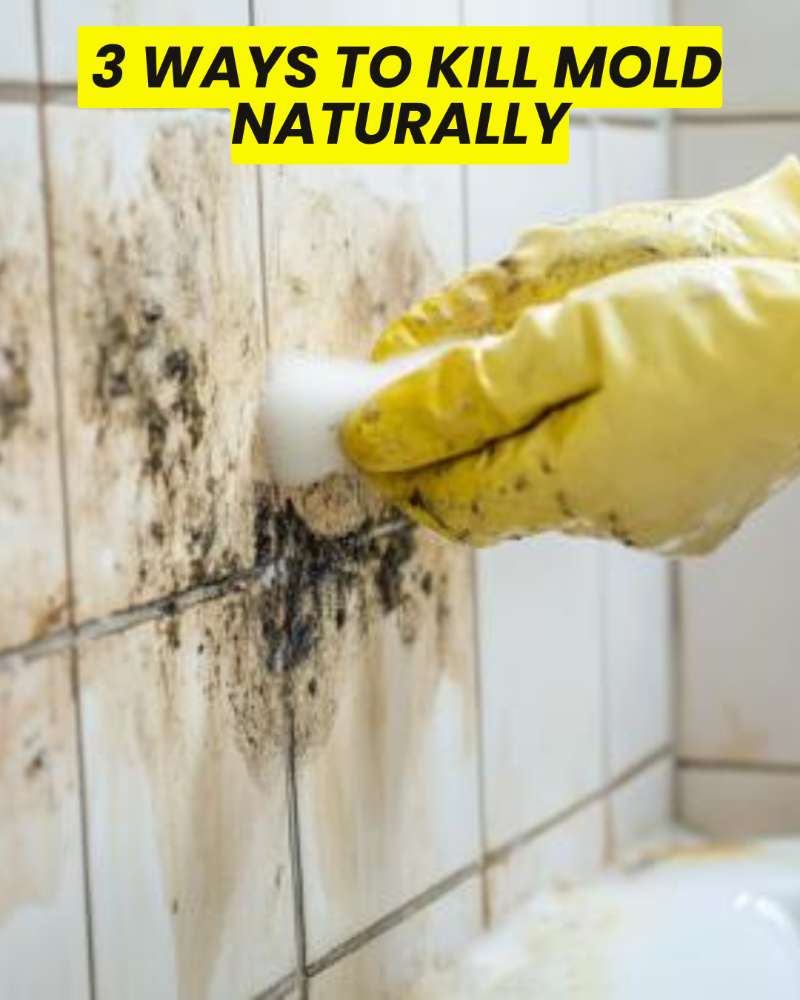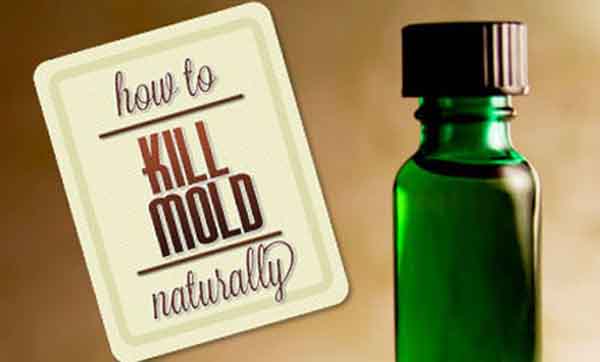3 Ways To Kill Mold Naturally
Make sure to like Living Green and Frugally on Facebook, Shop at Amazon to help support my site and explore our PINTEREST BOARDS for innovative ways you can become self-sufficient.
Mold can be a persistent problem in many homes, especially in damp areas like bathrooms, basements, and kitchens. Not only is it unsightly, but mold can also have serious health implications, from respiratory issues to allergic reactions. While harsh chemical cleaners are often the go-to solution for mold removal, they can bring their own set of problems, including harmful fumes and potential damage to surfaces. Fortunately, there are natural and safe methods to effectively tackle mold growth. In this post, we’ll explore three effective ways to kill mold naturally, keeping your home healthy and fresh without using toxic chemicals.
Have you noticed black spots in your bathroom or a musty smell coming from your basement? You’re likely dealing with mold, a common household issue that thrives in humid environments. Mold can grow on any surface where moisture lingers, and if not dealt with promptly, it can spread quickly. The good news? You don’t need harsh chemicals to combat it. Natural solutions are not only safer for you and your family but also kinder to the environment. Here are three proven methods to naturally kill mold, so you can restore your home’s cleanliness and maintain a healthy atmosphere.
1. White Vinegar: A Natural Mold Killer
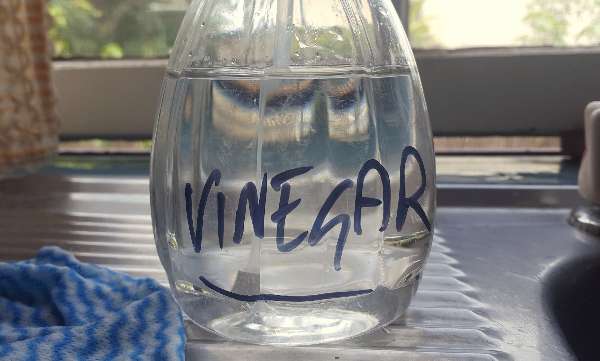
White vinegar is one of the most versatile natural cleaning agents available. Its acidity helps kill up to 82% of mold species, making it a powerful and eco-friendly solution. Plus, it’s non-toxic and safe to use around pets and children.
How to Use White Vinegar for Mold Removal:
- Materials Needed:
- White vinegar (undiluted)
- Spray bottle
- Scrub brush or sponge
- Clean cloth
- Fill a spray bottle with undiluted white vinegar.
- Spray the affected area generously, making sure to cover all visible mold.
- Let it sit for at least an hour. The acidity in the vinegar will penetrate the mold and kill it.
- Scrub the surface with a brush or sponge to remove any remaining mold.
- Wipe clean with a damp cloth and let the area air dry.
Tip: The smell of vinegar will dissipate after a few hours, but if you find it too strong, add a few drops of essential oil like tea tree or lemon oil to your vinegar solution.
2. Tea Tree Oil: A Powerful Natural Antifungal
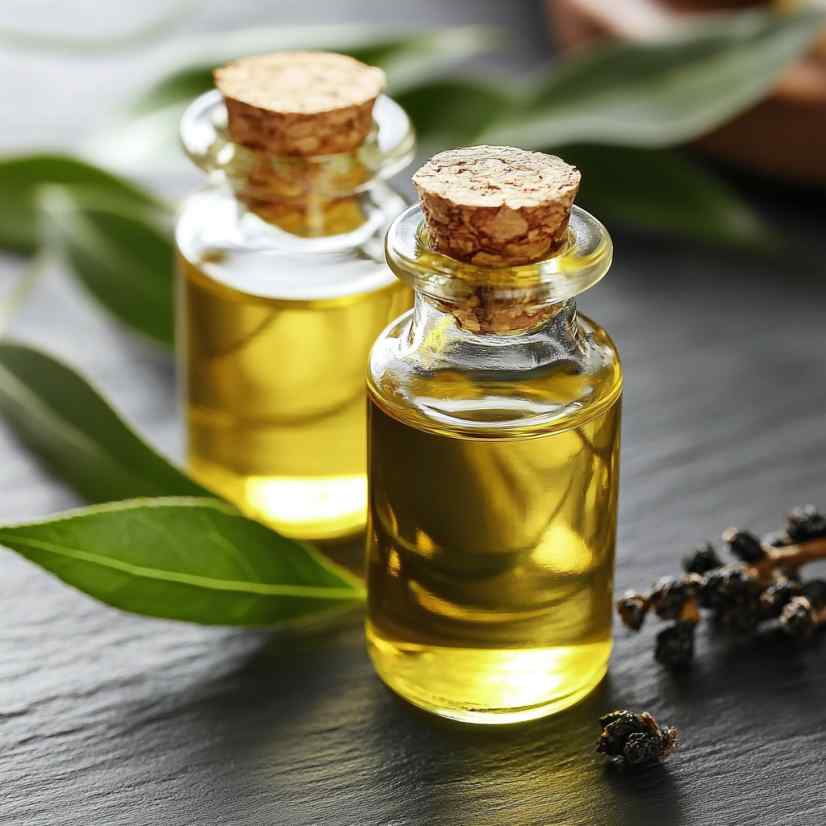
Tea tree oil is a potent essential oil known for its antifungal and antibacterial properties. It’s particularly effective against mold, and unlike vinegar, tea tree oil leaves a pleasant, natural scent. Though it’s slightly more expensive than vinegar, a little goes a long way.
How to Use Tea Tree Oil for Mold Removal:
- Materials Needed:
- Tea tree oil (100% pure)
- Water
- Spray bottle
- Clean cloth
- Combine 1 teaspoon of tea tree oil with 1 cup of water in a spray bottle.
- Shake well to mix the solution.
- Spray the affected areas where mold is visible.
- Do not rinse off. Allow the solution to sit and dry naturally. This ensures the tea tree oil continues to work, preventing future mold growth.
Tip: For larger mold problems, increase the tea tree oil concentration slightly. You can also use this solution as a preventive spray in humid areas like bathrooms.
3. Baking Soda: A Gentle Scrubbing Agent
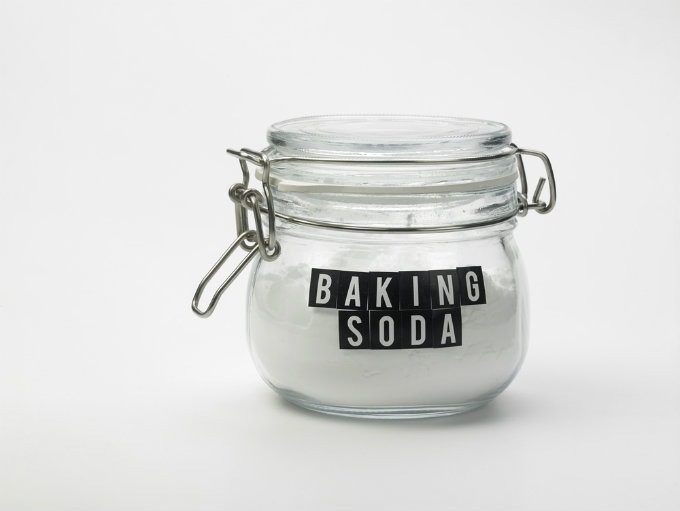
Baking soda is another natural mold-fighting agent that is not only effective but also gentle enough to use on a variety of surfaces, including fabrics and tiles. It absorbs moisture, helping to reduce mold growth, and when combined with vinegar, it makes a powerful cleaning duo.
How to Use Baking Soda for Mold Removal:
- Materials Needed:
- Baking soda
- Water
- Spray bottle
- Scrub brush
- Vinegar (optional)
- Mix 1 teaspoon of baking soda with 2 cups of water in a spray bottle.
- Shake well to dissolve the baking soda.
- Spray the moldy area with the solution, and scrub the surface using a brush.
- Rinse with water and allow the area to dry.
- For stubborn mold, combine baking soda with white vinegar to form a paste. Apply this paste directly to the mold, let it sit for 30 minutes, then scrub and rinse.
Tip: Baking soda can be used as a preventative measure by regularly spraying the solution on areas prone to mold buildup, such as grout lines and shower curtains.
Common Questions and Answers
Q1: How long does it take for these natural methods to remove mold?
A: You’ll usually see results within an hour, but for larger mold issues, you may need to repeat the process over a few days to completely eliminate the mold.
Q2: Can these natural methods prevent mold from returning?
A: Yes! Vinegar, tea tree oil, and baking soda all have antifungal properties that can help prevent mold from reappearing. Using them regularly in problem areas can help keep mold at bay.
Q3: Are these methods safe to use around children and pets?
A: Absolutely! Vinegar, baking soda, and tea tree oil are all safe, non-toxic options. However, tea tree oil should be used with caution around pets, as it can be harmful if ingested.
Q4: Can I use these natural solutions on all surfaces?
A: These methods are generally safe for most surfaces, including tile, wood, and fabrics. However, it’s a good idea to do a spot test on delicate surfaces to ensure there’s no adverse reaction.
Q5: Why should I avoid using bleach for mold removal?
A: While bleach can kill surface mold, it doesn’t penetrate porous materials and may actually encourage mold to return. Plus, bleach releases harmful fumes and can damage certain surfaces.
Final Thoughts
Mold is not something to ignore, as it can spread quickly and cause serious health issues. The good news is that you don’t need harsh chemicals to tackle it! These three natural solutions—white vinegar, tea tree oil, and baking soda—are all effective, safe, and eco-friendly ways to rid your home of mold. Best of all, they’re affordable and easy to use, so you can maintain a healthy living space without compromising the well-being of your family.
Pin for later!
